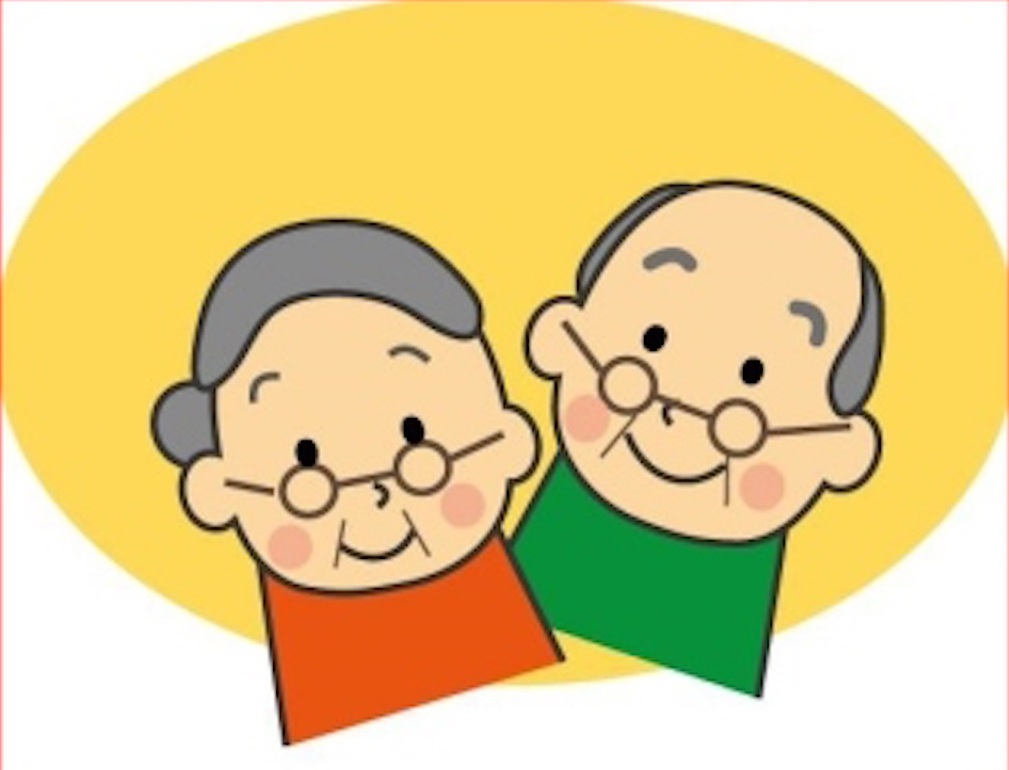Only residents of Japan can be absolutely sure of their future, even in old age they are not in danger of poverty. The government has made sure in advance that, in any crises and cataclysms, pension payments are enough for 5 years in advance. Not every developed country can boast of such achievements, there is nothing to say about third world countries, so today we’ll talk about pensions in Japan.
Social Security Features
Pension in Japan began to pay since 1942. At that time, it was called a public pension, since only a third was paid from the state fund. The missing amount directly depended on deductions from entrepreneurs and the working population. At that time, the pension in Japan was not particularly stable. The situation changes in 1986, when the Social Insurance Fund was founded. Today, the assets of this organization are 170 trillion yen. In the United States alone, the pension fund is more than 186 trillion yen, but the number of people in this country is several times higher than the population of Japan.
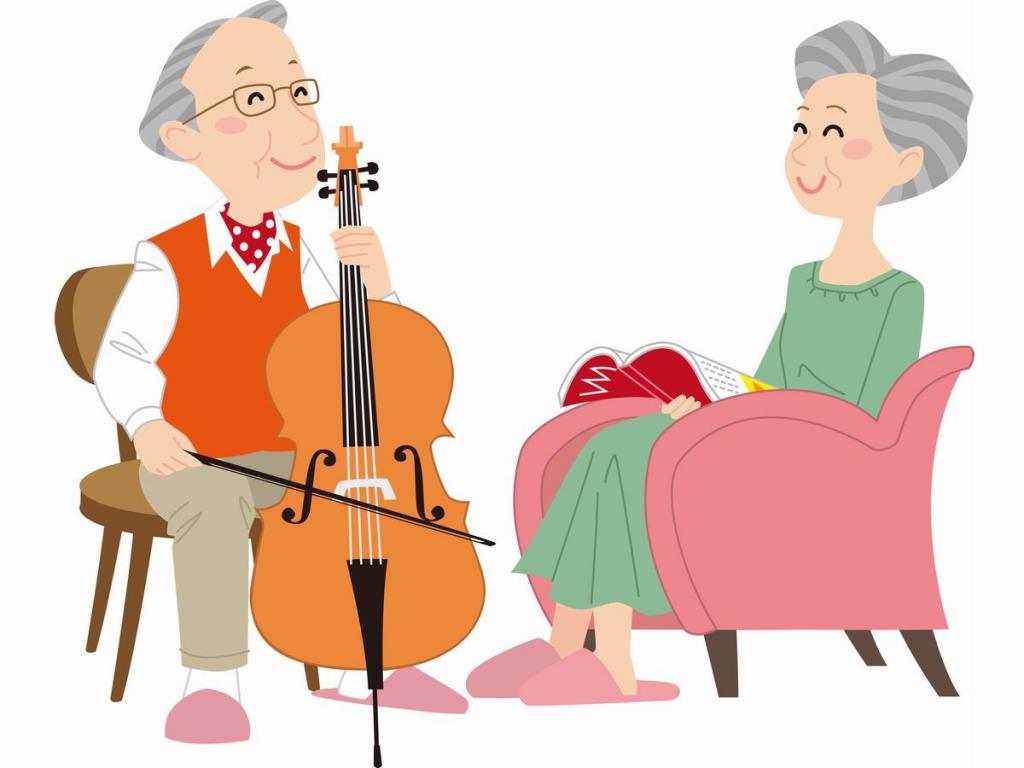
Country of centenarians
Life expectancy in Japan is the longest in the world. According to statistics from the Ministry of Health, Labor and Social Security, the average life expectancy of men is 79.9 years, women - 86.41. So the Japanese need to prepare in advance for a long old age.
According to research, we can say that the Japanese have a very long old age, even by world standards. And all thanks to advanced medicine, the balanced development of the best medical technologies and the medical insurance system. But, despite the long life expectancy in Japan, they begin to receive old-age benefits at 65 years old, which is much earlier than in other countries where the retirement age is 67-69 years.
Men and women have the same right to retirement benefits. Japan's retirement age remains unchanged, unlike in advanced countries, where people try to tie him to average life expectancy.
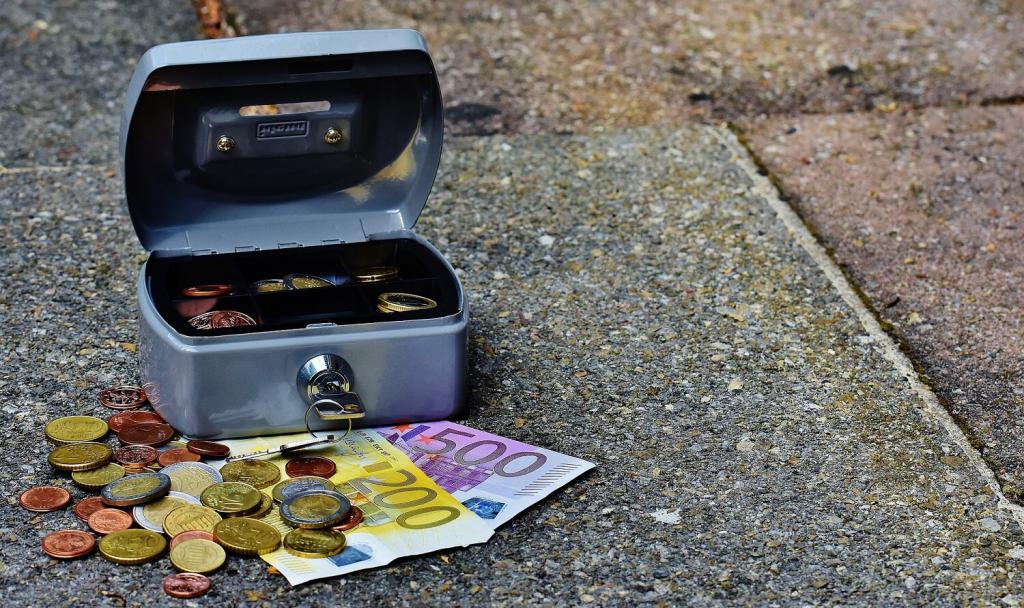
Pension amount
The amount of pension payments in the country of the Rising Sun depends on several indicators:
- Main part. Approximately 73% of the total amount is charged from the Pension Fund and paid monthly from 65 years. If a person retires at 60, then the size of the pension is reduced by 25%. On average, a social pension is about $ 700.
- Professional pension. It consists of accruals from salaries to the accumulative Pension Fund, approximately 5% of the amount earned. In addition, the employer makes contributions to the Pension Fund for each employee. A professional pension is accrued according to which pension system a person belongs to. For example, civil servants receive 2/5 of their salary.
- One-time allowance. When a person retires in old age, he has every right to receive a one-time allowance. This allowance consists of the average wage multiplied by the number of years worked at the enterprise. Such assistance is paid by the owner of the company.
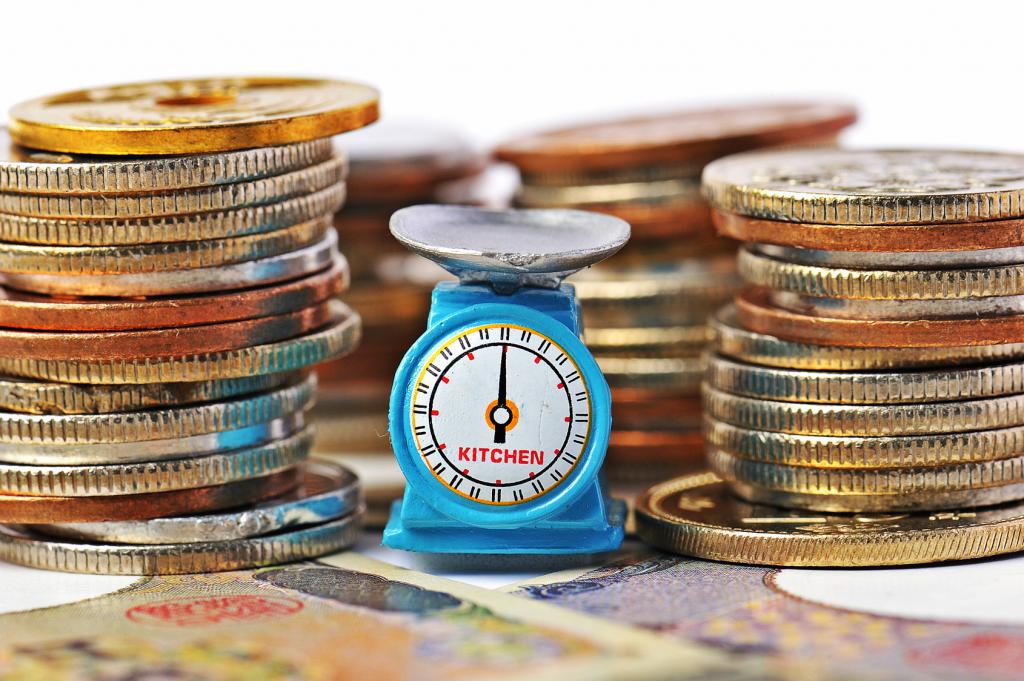
So we can conclude that the pension in Japan is about $ 1,500. This is approximately 60% of the average salary. And given the fact that at this age a person no longer needs to spend money on buying a house, raising children, etc., this is a very worthy provision for old age.
Pension Fund
As already mentioned, the pension fund in Japan is quite large.However, the question remains open - why, having the same number of working population, other developed countries cannot create the same pension system as in Japan? Experts say that there are two main reasons for this:
- The process of accumulating reserves has not yet been completed. And in the case of economic growth, the growth of the fund will not keep pace with the increase in public welfare.
- Countries do not change the system of automatic accrual of pension payments. Simply put, premiums are automatically translated as retirement benefits. Accordingly, the government has no reason to create a reserve accumulation fund.
Pension in Japan is one of the highest in the world and all thanks to the accumulative fund, but it is still important to understand how the Japanese in principle relate to money.
Efficiency
The pension system in Japan is considered the most effective in the world. Regardless of life expectancy, pensions are paid stably, and the retirement age is still low.
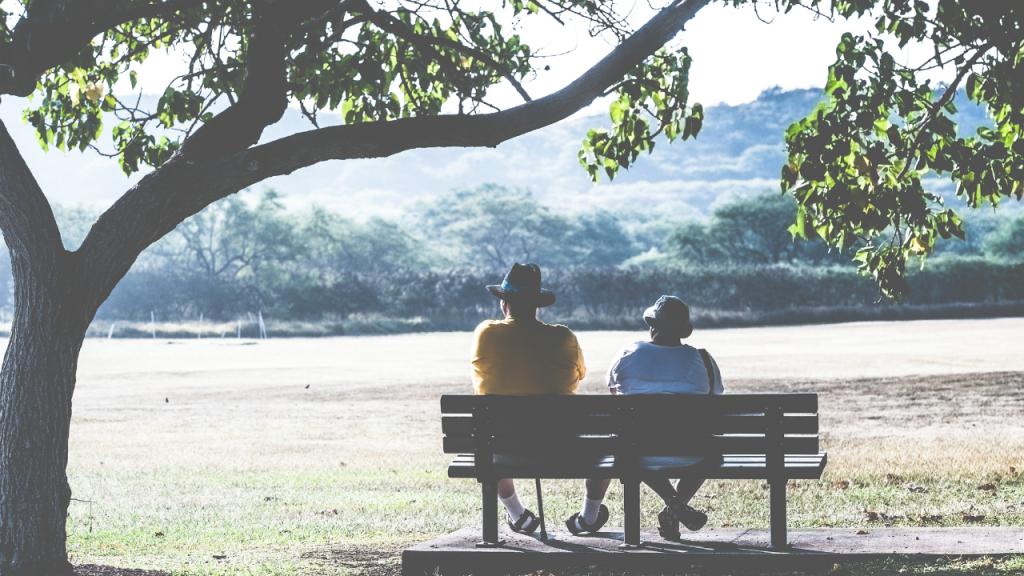
And yet, to ensure a happy old age in Japan, one social pension is not enough. Yes, social pensions have increased, but private pensions have noticeably lagged behind in growth. Around the world, the tendency to independently ensure their old age and create personal savings has long spread. In Japan, 73% of the pension fund are social benefits, while in other countries this percentage is an indicator of private savings.
Naturally, there is no need to destroy the reserve of social payments, but in the future, experts recommend thinking about creating a system of private savings. Government pay is a truly valuable investment to live in Japan, but it is better if everyone has their own additional savings. The inhabitants of the Land of the Rising Sun themselves are also thinking about this. Perhaps in the statistical reports there is only data about those Japanese who put aside their old age through special funds, but in fact, every employee understands that you need to at least put off a little.
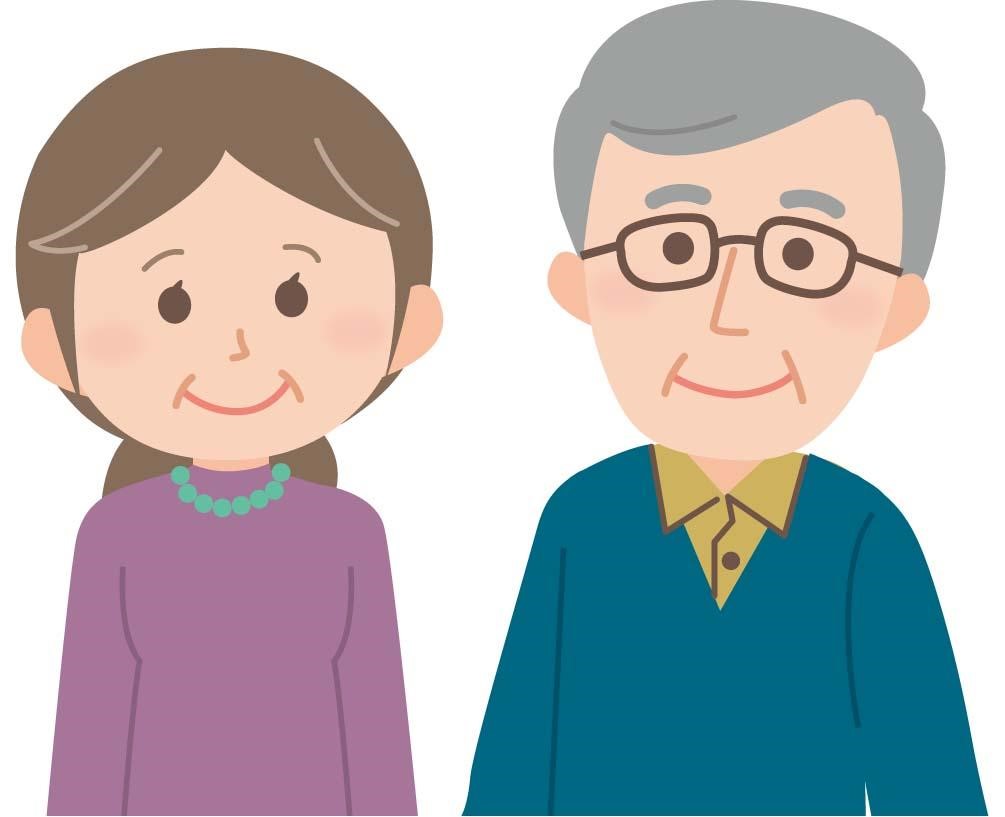
Salary and thrift
The average salary in Japan is 3,500 dollars. It would seem that for a young man who needs to buy his own home and start a family, this should be enough just right, and if you take into account how expensive education in Japan is now, you can safely assume that such a salary will be small. However, the Japanese people are thrifty. They get everything they need, and the remaining money is not spent for nothing.
The richest old people
This habit is already so firmly rooted in the minds of the Japanese that even when it is no longer necessary to save money for education for their children or for the purchase of real estate, they still set aside part of their salary. In Japan, because of this, pensioners go on a well-deserved rest with a fairly large amount in their hands. After retirement, they have a lot of time and material resources to take up their favorite hobbies, travel or learn something new.
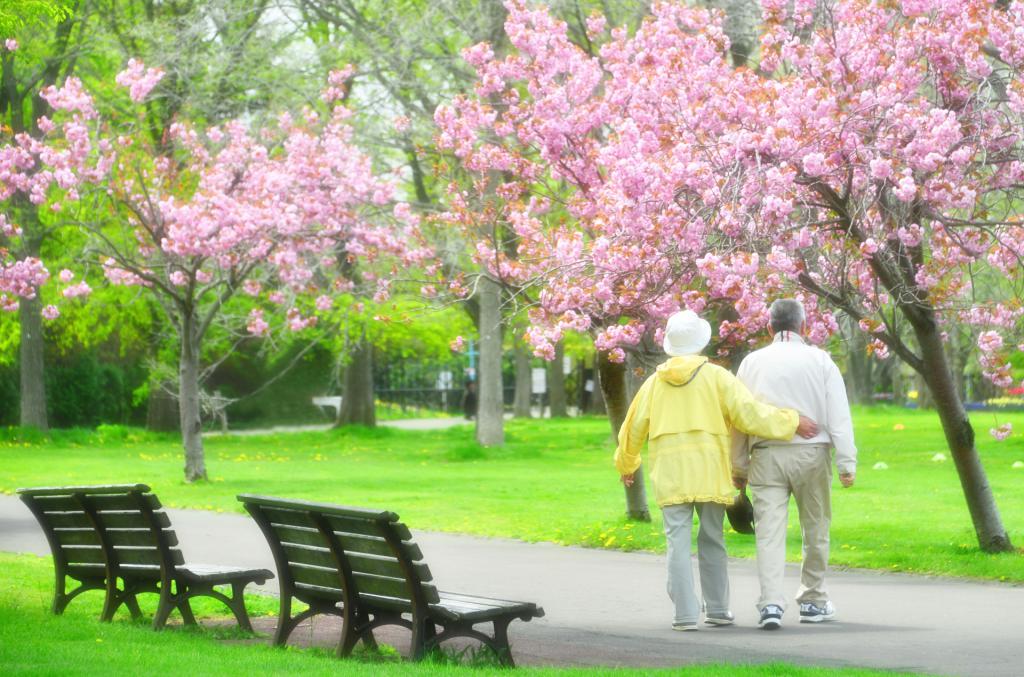
Retirement in Japan by old age can hardly be called a drowning straw. According to the latest data, in the country of the Rising Sun the richest people are pensioners. It is they that the bulk of expensive, branded stores are oriented to, as older people are solvent and can afford what they abandoned in their youth, absorbed in caring for their loved ones.
